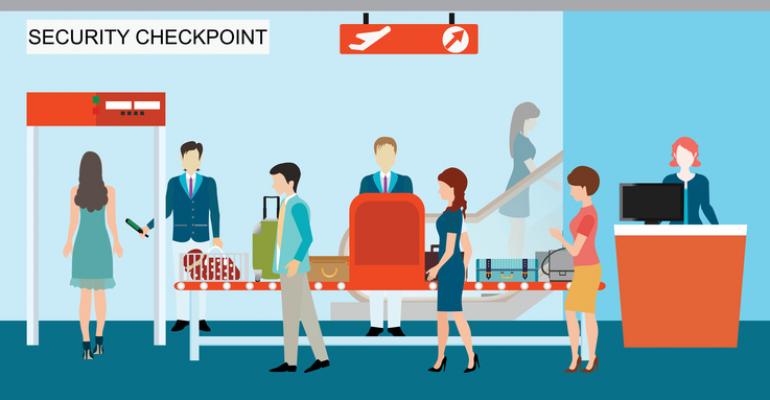The Department of Homeland Security is reportedly examining the benefits of merging the Global Entry and TSA PreCheck airport security programs. The two programs are currently overseen by different agencies. TSA PreCheck is a domestic program that allows approved travelers to skip regular lines at security, it costs $85 for a five-year membership, and is overseen by the Transportation Security Administration. Global Entry is overseen by United States Customs and Border Protection, it costs $100 to apply, and is available to citizens of 11 countries as well as the U.S., including the United Kingdom, Germany, Singapore, and Mexico. Travelers in the Global Entry program can speed through customs and immigration at major international airports in the U.S. and other participating countries.
A merger could be beneficial to TSA PreCheck members as some travelers have found that the program has become a victim of its own success. There are now 12 million members, which means that occasionally wait times for trusted travelers are longer than for non-program members. There are other benefits of the program too—members don’t have to take off their shoes or open laptops—but for most members the speed at which they get through security is the biggest draw. Global Business Travel Association Vice President of Government Relations, Andrew Meehan, said, “Merging the various trusted traveler programs is a good opportunity to examine how, operationally, they fit into the airport ecosystem. For example, U.S. Customs and Border Protection will be integrating facial recognition into their Global Entry trusted traveler program. This is a good complement to CBP’s plans to implement biometric exit and a path toward frictionless air travel.” If the DHS merges both programs then the same technology can be used for both sets of travelers, theoretically making the programs cheaper, by using shared technology and infrastructure; faster, by moving TSA PreCheck members into automated security lines and eliminating the possibility of nonmembers being moved into the PreCheck line when regular lines are too long; and increasing security by using biometric data to identify travelers.





